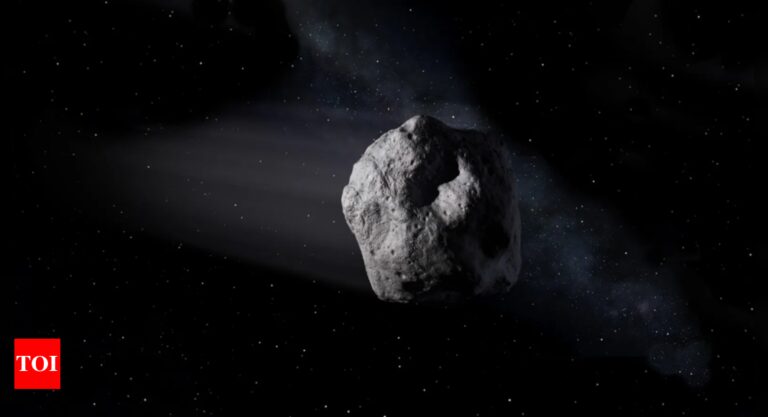
[ad_1]
What happened 115 years ago
The Tunguska event occurred at 7:15 am (local time) when an asteroid exploded in the atmosphere over Siberia, Russia. The explosion flattened 80 million trees over an area of 830 square miles and caused a shock wave that was felt hundreds of miles away. Fortunately, the remote location resulted in minimal human casualties, but the event underscored the potential devastation an asteroid impact could cause. Few reindeer herders of the local Evenki people who witnessed the event, none from closer than 20 miles away.
Further afield, eyewitnesses reported seeing a large column of smoke rising high into the atmosphere. The asteroid, called a bolide once in the Earth’s atmosphere, with an estimated diameter of 130 feet, had an entry angle of about 30 degrees based on the trail it left in the sky, and exploded at an altitude of about 6 miles.
International Asteroid day
In 2016, the United Nations designated June 30 as International Asteroid Day to highlight the importance of planetary defense. NASA’s Planetary Defense Coordination Office (PDCO) was established to monitor Near-Earth Objects (NEOs) and develop technologies to mitigate potential impacts.
“A collision of a NEO with Earth is the only natural disaster we now know how humanity could completely prevent,” said NASA Planetary Defense Officer Lindley Johnson. “We must keep searching for what we know is still out there, and we must continue to research and test planetary defense technologies and capabilities that could one day protect our planet’s inhabitants from a devastating event.”
One of the PDCO’s key initiatives is the Double Asteroid Redirection Test (DART) mission, which successfully demonstrated asteroid deflection technology. Launched in November 2021, DART impacted the asteroid Dimorphos in September 2022, altering its orbit. This mission proved that humanity has the capability to change the trajectory of potentially hazardous asteroids.
The Tunguska event remains the largest recorded asteroid impact on Earth in recent history. However, the planet bears evidence of past impacts that had catastrophic results. The Chicxulub crater in Mexico, caused by an asteroid impact 65 million years ago, is linked to the extinction of the dinosaurs and 75% of Earth’s species. More recent impacts, such as the Meteor Crater in Arizona and the Chelyabinsk event in Russia in 2013, continue to remind us of the ongoing threat posed by NEOs.
NASA’s ongoing efforts to track and study NEOs involve global cooperation and continuous advancements in technology. “The recent positive experience with DART shows that technologies exist to mitigate against possible NEO impacts with Earth,” said Johnson. “We must stay vigilant and prepared to protect our planet from future threats.”
[ad_2]
